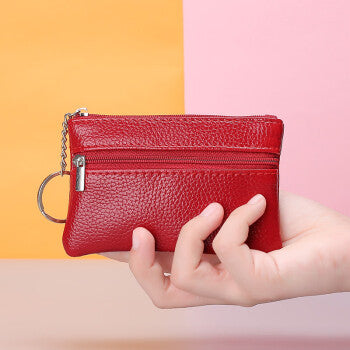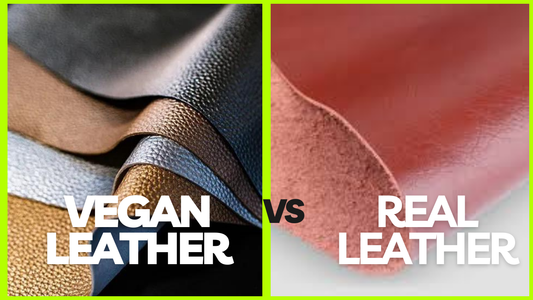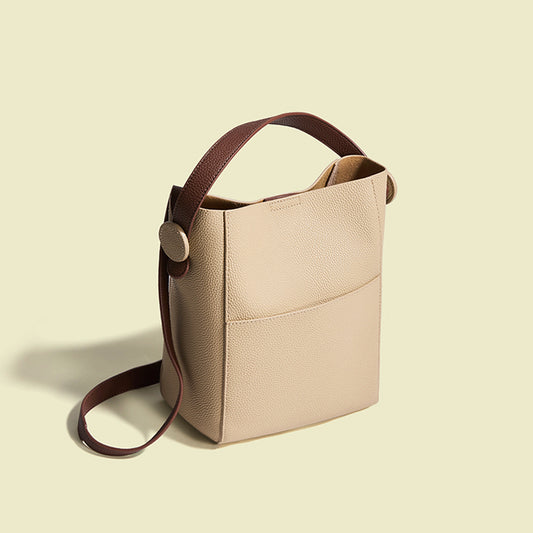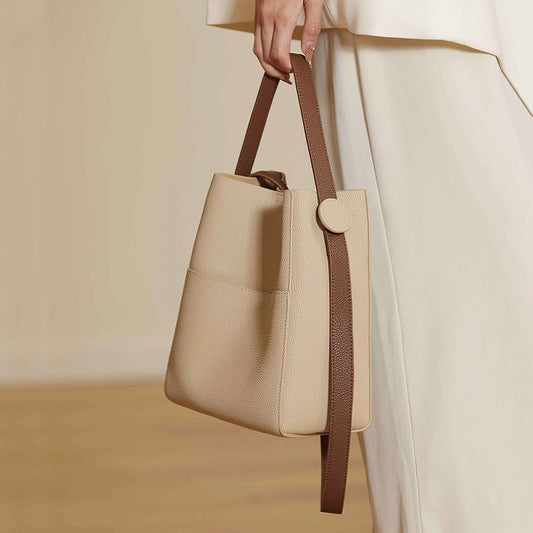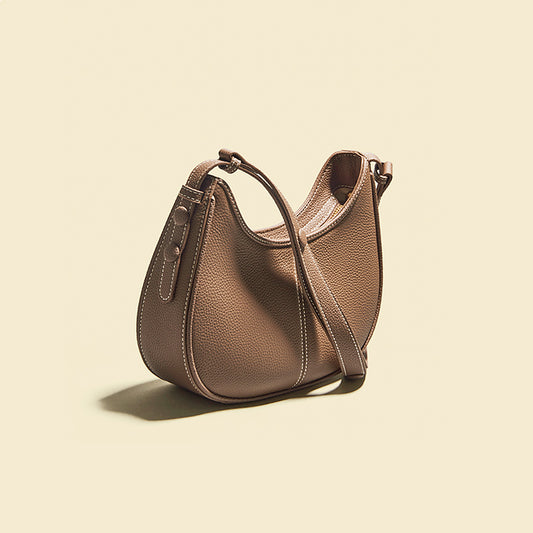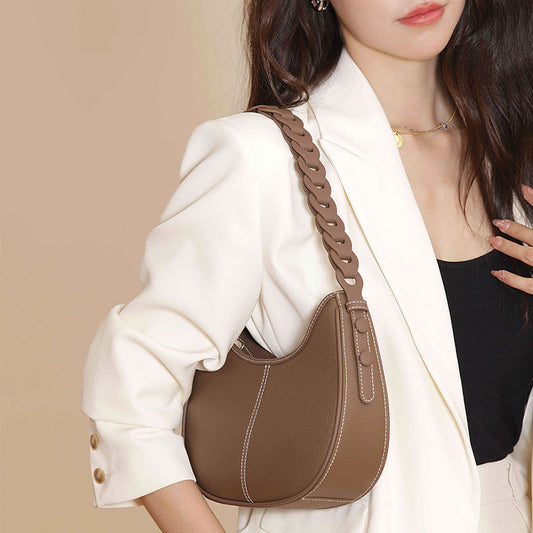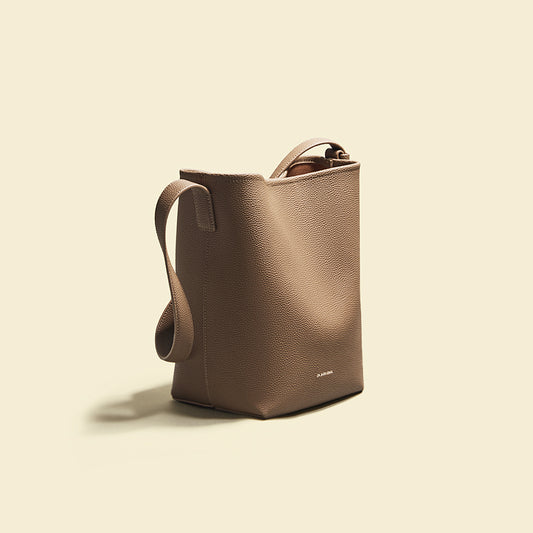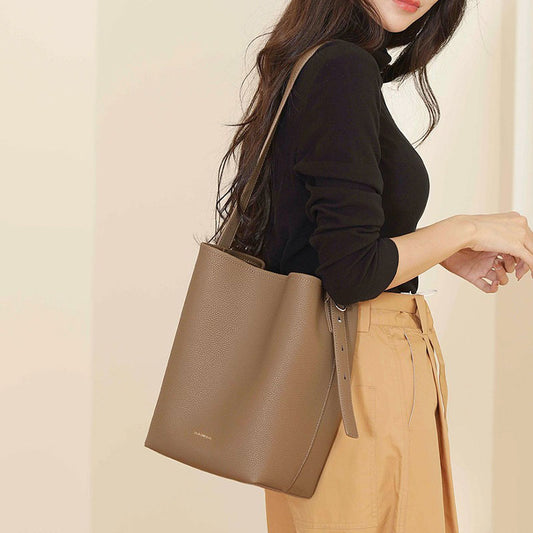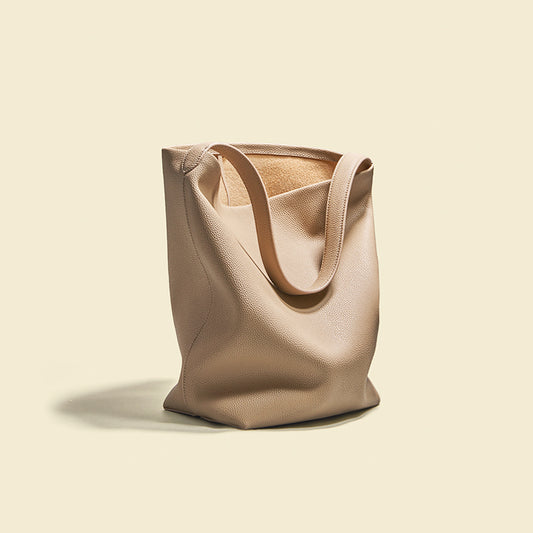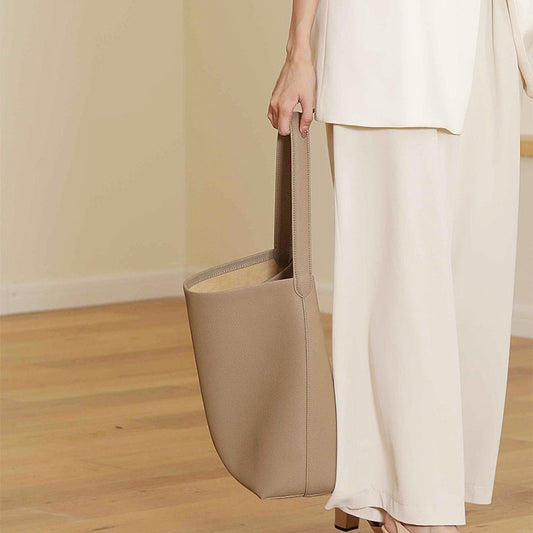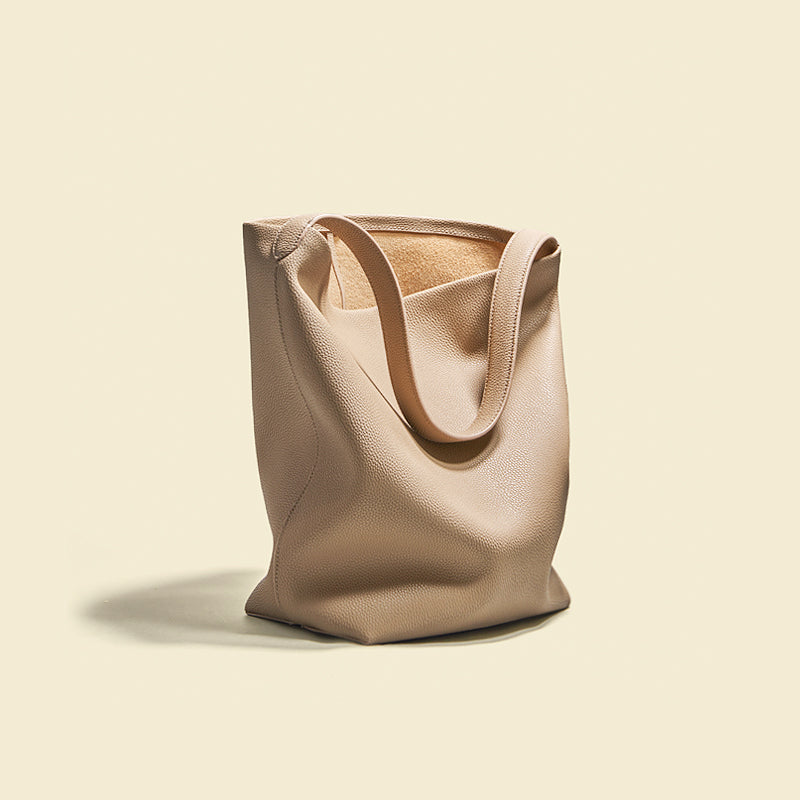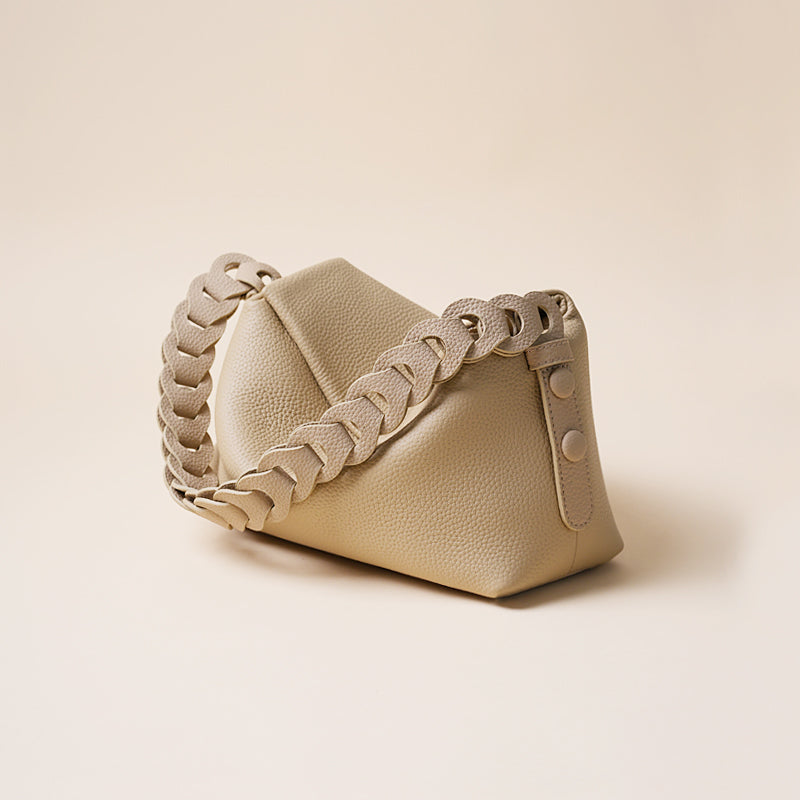Introduction
Leather is a strong, flexible, and durable material obtained from the tanning, or chemical treatment, of animal skins and hides to prevent decay. Leather has been a staple material throughout human history, prized for its durability, versatility, and timeless appeal. From ancient armor to modern fashion, leather remains a symbol of quality and luxury. This blog aims to provide a comprehensive understanding of leather, exploring its unique properties, uses, and why it remains an essential material in various industries. Whether you're a leather enthusiast, a fashion lover, or someone curious about this versatile material, you'll find valuable insights here.
Did You Know Facts About Leather?
Leather is not just a material; it's a story of human ingenuity and natural resourcefulness. These intriguing and even surprising facts about leather: • Historical Significance: Leather has been used by humans for over 7,000 years, with the earliest known leather artifacts dating back to ancient Egypt. • Versatility: Leather is utilized in a wide variety of goods, including furniture, car interiors, and accessories and apparel.
• Natural Origin: Real leather is a byproduct of the meat industry, primarily derived from cattle.
• Biodegradability: Unlike synthetic alternatives, leather is biodegradable, making it a more environmentally friendly option when disposed of properly.
• Customization: To produce a variety of textures and finishes, leather may be dyed, embossed, and treated in a number of ways.
For more detailed information, explore our previous article on 11 Types of Leather.
What is Special About Leather?
Leather's unique characteristics make it a preferred material for many applications:
• Durability: Premium leather may last for decades with the correct care.
• Aging: Over time, leather acquires a patina that enhances its character and visual attractiveness.
• Breathability: Since leather is a natural material that permits air to flow through it, wearing and using it is comfortable.
• Flexibility: It is adaptable to a variety of situations and functions as it can be molded and formed into numerous shapes.
• Luxurious Feel: Leather's smell and feel are frequently connected to luxury and excellence. These properties are discussed in detail in our guides on Full-grain Leather and Top Grain Leather.
What Are the 5 Things Made of Leather?
Leather is used in a myriad of products, both everyday and luxurious. Here are five common items made from leather:
1. Footwear: Leather footwear, ranging from casual styles to luxurious boots, is renowned for its comfort and longevity.
2. Bags: Leather bags, including handbags, backpacks, and briefcases, are popular for their strength and style.
3. Furniture: Leather sofas and chairs are favored for their elegance and longevity.
4. Clothing: Leather jackets, pants, and belts are staples in fashion for their timeless appeal. 5. Accessories: Wallets, watch straps, and belts are often made from leather due to its sturdiness and aesthetic.
For a deeper dive into identifying genuine leather products, you can read our articles on Identify Genuine Leather and Imitation Leather and Identify Genuine Leather and Faux Leather.
What is the Main Animal for Leather?
The primary source of leather is cattle. The most popular kind of leather is cowhide because of its size, availability, and adaptability. It provides a thick, durable hide that can be processed into various types of leather suitable for different applications. Other animals used for leather include:
• Sheep: Known for its softness, often used in clothing and accessories.
• Goat: Durable and flexible, commonly used for gloves and bookbinding.
• Pig: Hardy and long-lasting, utilized in a variety of goods, such as upholstery and clothes. For a detailed comparison between cowhide and sheepskin, refer to our article on Cowhide VS sheepskin Leather Bags.
Which Animal Has the Strongest Leather?
While many animals provide strong leather, kangaroo leather is renowned for its exceptional strength and durability. It's commonly used in high-performance applications like motorcycle gear and sports equipment due to its lightweight yet robust nature.
What Country Produces the Most Leather?
China is the largest producer of leather globally, followed by India and Brazil. These nations' well-established leather industry supplies a sizeable amount of the leather products sold worldwide. Their economies depend heavily on the leather sector, which creates jobs and boosts exports. The quality and characteristics of leather can vary significantly based on regional tanning methods and practices.
Why is Real Leather So Expensive?
The high cost of real leather is due to several factors:
Quality of Raw Materials: High-quality hides are expensive to source.
Tanning Process: Traditional tanning processes, especially vegetable tanning, are time-consuming and costly.
Durability and Longevity: Leather products last much longer than synthetic alternatives, justifying a higher price.
Craftsmanship: Skilled labor is required to produce high-quality leather goods, which increases the cost.
Environmental Regulations: Compliance with environmental standards in tanning and processing adds to the overall cost.
For more on the different types and qualities of leather, check out our guides on Split Leather and Saffiano Leather.
Is Waterproof Leather?
Although leather cannot be made water-resistant naturally, it may be treated to do so. Treatments like waxing, oiling, or applying specific waterproof sprays can enhance leather's resistance to water. However, it's important to note that even treated leather can eventually absorb water if exposed for prolonged periods. For leather goods to continue to be water resistant, proper upkeep and care are essential.
How Long Does Leather Last?
Leather is known for its longevity. With the right maintenance, high-quality leather may last for decades. The length of leather depends on the kind of leather, the tanning process, and the degree of upkeep. The longevity of leather goods may be greatly increased by routine conditioning, cleaning, and storing.
What is the Highest Quality Leather?
The majority of individuals concur that the greatest type of leather is full-grain leather. It is made from the top layer of the hide and retains all the natural grain, making it strong, durable, and developing a rich patina over time. Additionally, because it is the most absorbent kind of leather, items like shoes and furniture made with it are more comfortable.
What is the Difference Between Leather and Leather?
It's essential to comprehend the variations among different kinds of leather: The best-grade leather that keeps its original grain and has exceptional endurance is called full-grain leather.
Top-Grain Leather: Usually more stain-resistant than full-grain, but of somewhat worse quality due to the top layer being sanded off.
Split leather is less durable and frequently used in less costly items. The lowest layers of the hide are used to make it. Fused Leather: The lowest grade of leather, made from discarded bits fused. For more information, refer to our articles on Identify Genuine Leather, Matching Leather, PU, PVC Fabrics and Faux Leather VS Real Leather.
What Makes Leather Unique?
Leather's uniqueness comes from its combination of durability, flexibility, and aesthetic appeal. Each piece of leather is unique due to its unique natural patterns and qualities. This individuality, along with its ability to age beautifully, sets leather apart from synthetic materials.
Why is Leather So Special?
Leather is special due to its: Natural Origin: It's a renewable resource when sourced responsibly. Historical Importance: Used for thousands of years, it has deep cultural significance. Aging Process: Unlike synthetic materials, leather looks better with age. Versatility: Suitable for a wide range of products, from fashion to furniture.
What is the Basic Knowledge of Leather?
Basic knowledge of leather includes understanding the different types of leather, their sources, and their uses. Important details include: Types of Leather: Bonded, split, top-grain, and full-grain leather. Sources: Primarily cattle, but also sheep, goats, and pigs. Tanning Processes: Vegetable tanning, chrome tanning, and synthetic tanning. Care and upkeep: Consistent washing, conditioning, and appropriate storing. You may choose wisely while buying and maintaining leather goods by being aware of these fundamentals.
Conclusion
The material leather has a promising future and a rich past. It is popular in many sectors because of its distinct qualities, robustness, and classic appeal. Whether you are new to the world of leather or a seasoned expert, this comprehensive guide has provided you with valuable insights and a deeper appreciation for this remarkable material.


